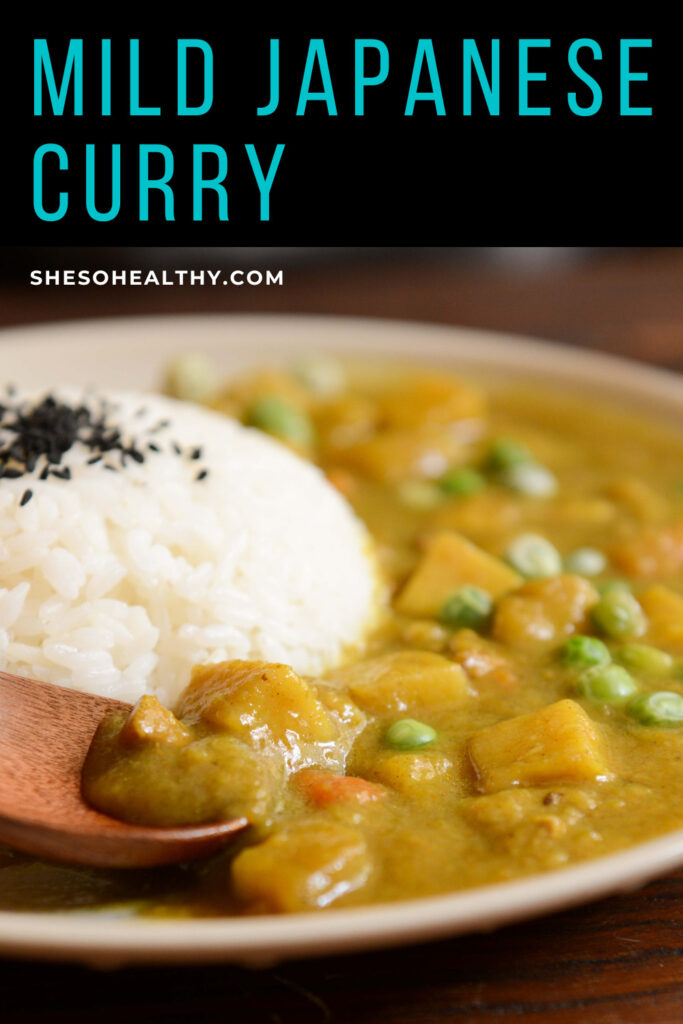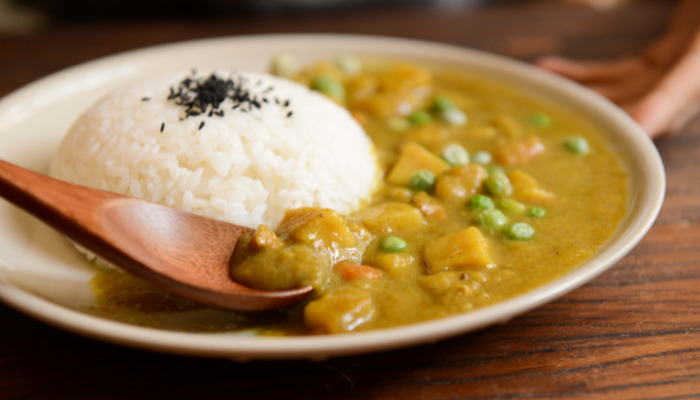Welcome to the world of Japanese curry, where aromatic spices, tender meats, and hearty vegetables come together to create a symphony of flavors. While many associate Japanese cuisine with sushi and ramen, Japanese curry holds a special place in the hearts of its people. In this article, we will take a closer look at what makes a typical Japanese curry, its common ingredients, the fascinating history of Japanese curry eating habits, how to make it mild, and the flavors that make it truly unique.
What is a Typical Japanese Curry?
Japanese curry, or “kare” as it is known locally, is a delicious dish that combines Indian and European influences with a distinct Japanese twist. Unlike its Indian or Thai counterparts, Japanese curry is milder and sweeter, making it an ideal choice for those who are new to the world of curries. It typically features a thick, velvety sauce with a rich aroma and a hint of sweetness, served over a bed of fluffy rice.
Common Ingredients in Japanese Curry
- Curry Roux: The heart of Japanese curry lies in its curry roux, a pre-packaged mix of spices, herbs, and flour that forms the base of the sauce. It is available in various flavors and heat levels, allowing you to customize your curry according to your preference.
- Meat: While chicken, beef, and pork are commonly used, there are also vegetarian and vegan options available, such as tofu or mixed vegetable curries. The meat or protein is usually cooked with onions to enhance the flavor.
- Vegetables: Japanese curry is a perfect canvas for an array of colorful vegetables. Common choices include potatoes, carrots, onions, and bell peppers. These vegetables add a delightful crunch and texture to the dish.
- Additional Ingredients: Some recipes include other ingredients like apple or honey to enhance the sweetness of the curry, as well as soy sauce or Worcestershire sauce for added depth of flavor.
The Fascinating History of Japanese Curry Eating Habits
Japanese curry made its way to Japan during the Meiji era (1868-1912) when European-style dishes were introduced to the country. It was first served in the navy and quickly gained popularity due to its unique taste and ease of preparation. Over time, Japanese curry evolved into a beloved comfort food enjoyed by people of all ages.
Japanese households often serve curry rice as a family meal, and it has also become a staple in school lunches and various casual dining establishments. The Japanese love for curry is so strong that they have even created their own variations, such as curry bread (a deep-fried bread filled with curry) and curry udon (thick wheat noodles in curry sauce).
How to Make Japanese Curry Mild
If you prefer a milder version of Japanese curry, there are a few simple tricks you can try:
- Choose a Mild Curry Roux: Opt for a curry roux labeled as “mild” or “sweet” to reduce the heat level. These roux mixes are readily available in most Asian grocery stores or can be ordered online.
- Adjust the Spices: If you’re making your curry from scratch, you can control the spiciness by reducing or omitting ingredients like chili powder, cayenne pepper, or black pepper.
- Increase the Sweetness: Adding a little more honey, grated apple, or even a pinch of sugar can balance out the heat and make the curry milder.
Japanese Mild Curry Recipe Video
Common Flavors of Japanese Curry
Japanese curry boasts a unique combination of flavors that sets it apart from other curries around the world. While every recipe may have its own variation, some common flavors include:
- Umami: Japanese curry often has a deep, savory taste due to ingredients like soy sauce, Worcestershire sauce, and caramelized onions.
- Slight Sweetness: The inclusion of fruits like apple or a touch of honey adds a subtle sweetness that perfectly complements the savory spices.
- Rich and Aromatic: The blend of spices, such as turmeric, cumin, coriander, and cardamom, gives Japanese curry its distinct aroma and flavor.
To sum up…
Mild Japanese curry is a delightful and approachable dish that captures the essence of Japanese comfort food. Its rich history, unique flavors, and the ability to customize the heat level make it a versatile option for curry enthusiasts of all tastes. So, grab your apron, gather your favorite ingredients, and embark on a culinary adventure to experience the heartwarming flavors of Japanese curry for yourself. It’s time to indulge in this delicious and satisfying dish that brings families and friends together with every comforting bite.

Pin me

